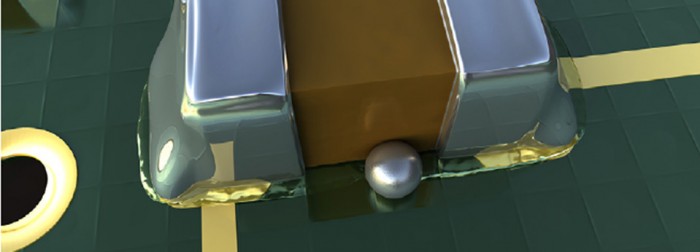Annika writes:
Dear Dr. Ron,
I'm a chemist and a PhD student working in the field of atmospheric corrosion of lead and lead-tin alloys in historical organ pipes in Europe.
I read your article on the web about tin pest and Napoleon's Buttons and Lead-free Soldering. In the article you write:
As a general rule of thumb, metals readily soluble in tin suppress or eliminate tin pest formation. Examples of these alloying metals are bismuth, antimony, and lead. As little as 0.5% bismuth or antimony by weight essentially eliminates tin pest, while about 5% lead by weight is needed. Since tin-lead eutectic solder is 37% lead, tin pest has not been an issue in soldering with traditional lead-based solder paste.
Do you think you can give some more information about this "rule of thumb" and that 5% lead will stop the pest?
Annika:
Tin pest in church organ pipes was one of the first known examples of the phenomena. Sadly, little work has been performed on this important topic in recent years. It is an issue of considerable concern for the current move to lead-free solders. I wrote a posting on it some time ago. For those interested, I have a paper with quite an extensive tin pest bibliography, that has the papers with the tables from which I got the "5% lead" information. Send me a note if you would like a copy, [email protected].
Cheers,
Dr. Ron




